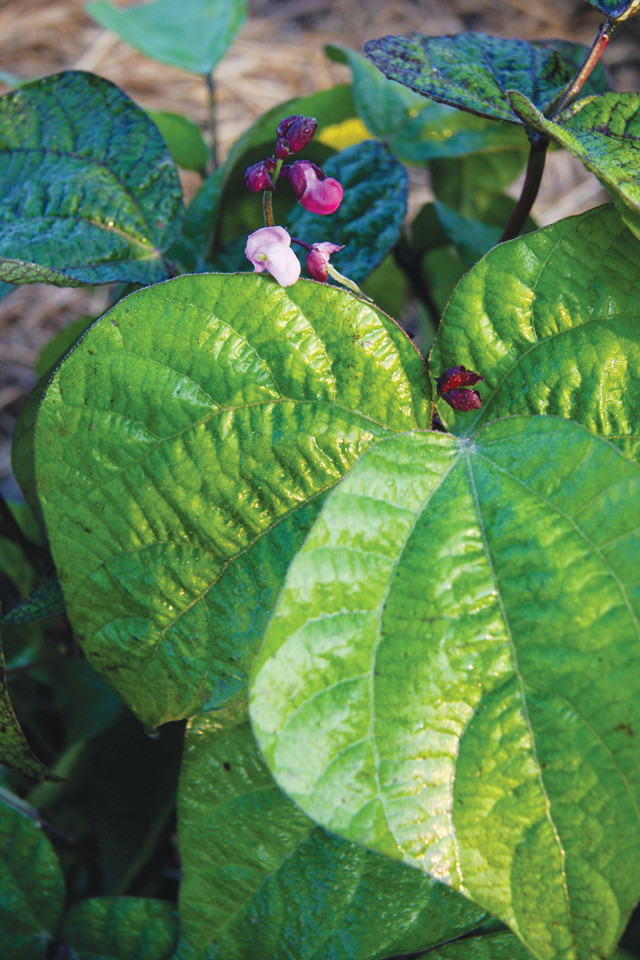
by Mary Caperton Morton Thursday, September 17, 2015

Several gardening practices can be used to remediate soils to lower lead contamination. Credit: Center for Urban Health.
The first step in planning a community or backyard garden should always be to get the soil tested, getting a read on not only pH and nutrient levels, but possible contaminants like lead and arsenic. “Some cities have public health programs to help residents get their gardens tested for low or no cost, but it’s kind of hit or miss,” says Gabriel Filippelli, a biogeochemist at Indiana University in Indianapolis. Some cities such as Philadelphia have also held one-day “soil kitchen” workshops where people can bring in samples of soil for immediate testing with an X-ray fluorescence instrument.
Even if no specialized program exists in your city, sending a few samples of soil — Filippelli recommends taking at least three from different parts of the property — to a university or private testing company usually costs about $50 and takes only a couple of weeks.
In the coming years, soil tests should get even cheaper and faster, says Carl Rosen, a soil scientist at the University of Minnesota. “We’re always working on developing more meaningful tests that aren’t too expensive.”
“The bottom line is: Get tested,” he says. “You won’t know if you’re at risk unless you test your soil.”
© 2008-2021. All rights reserved. Any copying, redistribution or retransmission of any of the contents of this service without the expressed written permission of the American Geosciences Institute is expressly prohibited. Click here for all copyright requests.